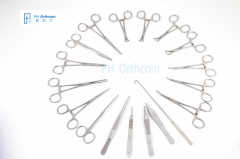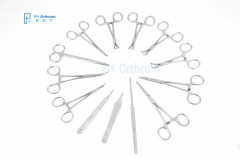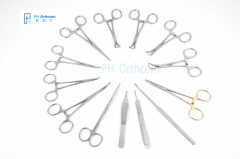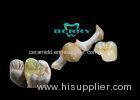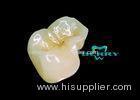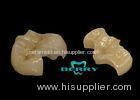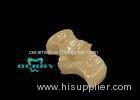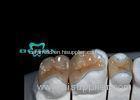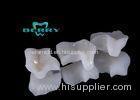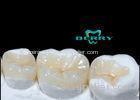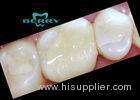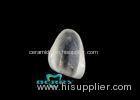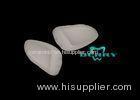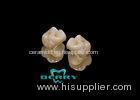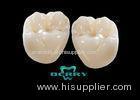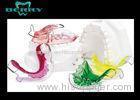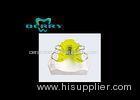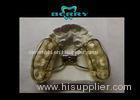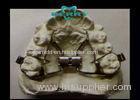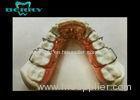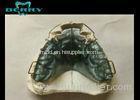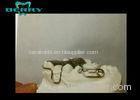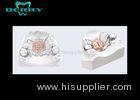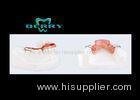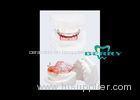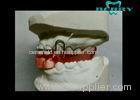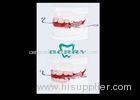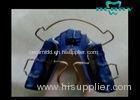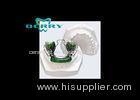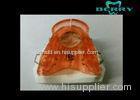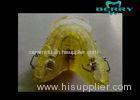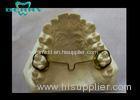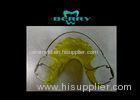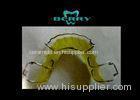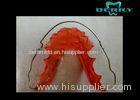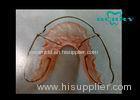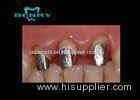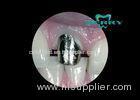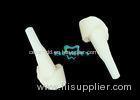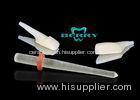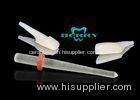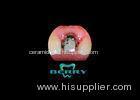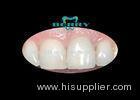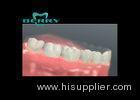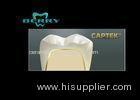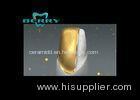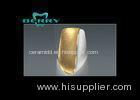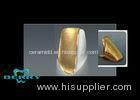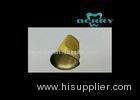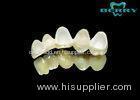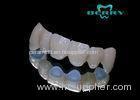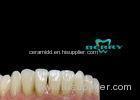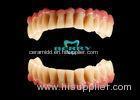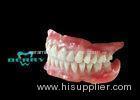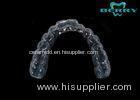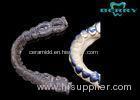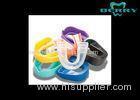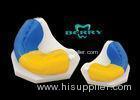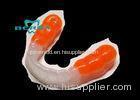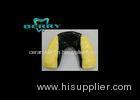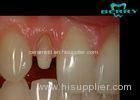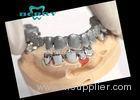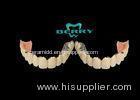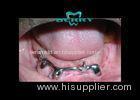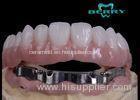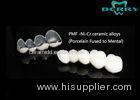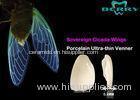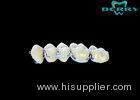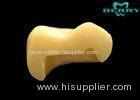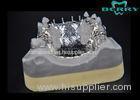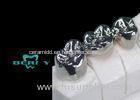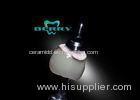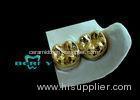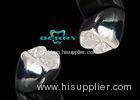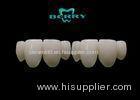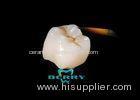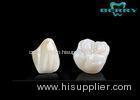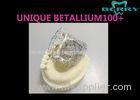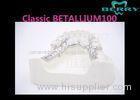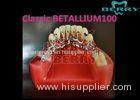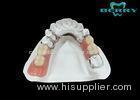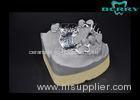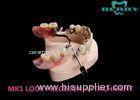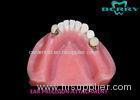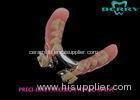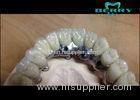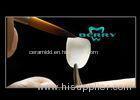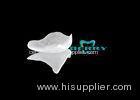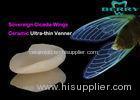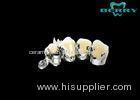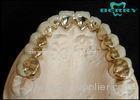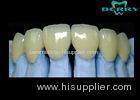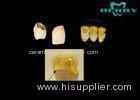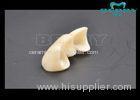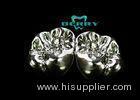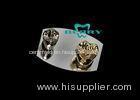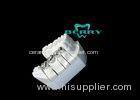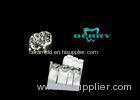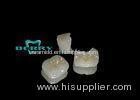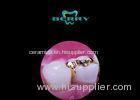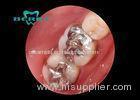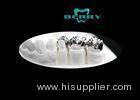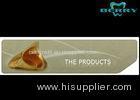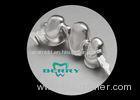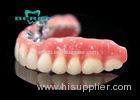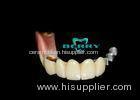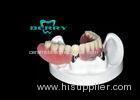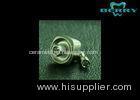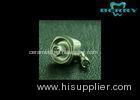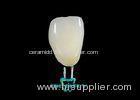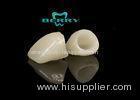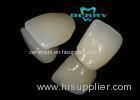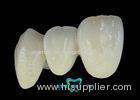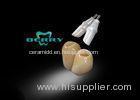|
Shenzhen Berry Dental Laboratory Co.,Ltd
|
Gold Index: 7055
High Retention Bar Attachment Metal Based Dentures For Comestic Defects Implants
| Place of Origin: | Zhejiang, China (Mainland) |
|
|
|
| Add to My Favorites | |
| HiSupplier Escrow |
Product Detail
High Retention Bar Attachment Metal Based Dentures For Comestic Defects Implants
<span sty
High Retention Bar Attachment Metal Based Dentures For Comestic Defects Implants
The use of teeth as overdenture abutments is beneficial to patients. The psychological aspect of patients losing teeth should not be underestimated and this has been well documented. Careful selection of strategic abutment is important. The decision must first be made to retain the teeth as overdenture abutments and then the attachments should be planned. The attitude of the patient to the treatment should be assessed. Only those who understand the limitations and benefits of attachments should be treated with attachment retained overdentures. Hence, patient selection is critical to the success of the treatment.
Tooth-borne overdenture bar attachment therapy is a treatment option rarely chosen in today’s aggressive marketing of implant treatment. The use of bar and O-ring attachment is very rare for the tooth supported overdenture.
In the present report, a bar and O-ring retained mandibular denture was fabricated. The O-ring attachment used was basically the implant prosthetic component. The O-ring is functionally classified as a resilient attachment. It does not transfer forces to the root and only acts as a retentive devices. Hence, the O-ring system is considered to be the best attachment that acts passively on the remaining abutment teeth. conducted a study to evaluate the retention force of an O-ring attachment system at different inclinations to the ideal path of insertion. They concluded that O-ring studs perpendicular to the occlusal plane were adequately retentive over the first year and that the retentive capacity of the O-ring was affected by stud inclinations. The O-ring studs were perpendicular to the occlusal plane. A surveyor was used for this reason, and the studs were placed parallel to each other without any inclinations.
A bar attachment was used since this provided the splinting mechanism between the overdenture abutment teeth which stabilized and strengthened the abutment teeth. The bar also allowed the forces of mastication to be shared by the abutment teeth. But since the bar was used to connect the abutment teeth and not to retain the clip on it, a 2 mm round sprue former was used for bar fabrication. The bar and stud framework was luted to the teeth using adhesive cement. An intra-canal dowel extension was not used for the copings since the teeth were not parallel.
One of the O-ring studs was placed on the distal aspect of the right lateral abutment and another was placed mesial to the left lateral abutment. Since the bone support on the distal aspect of the left lateral abutment was compromised, the stud was placed mesially so as to prevent the forces of insertion/removal endangering the abutment. In the present clinical situation, there was 21 mm of inter-occlusal clearance. Hence the stud attachment was incorporated above the bar on the mesial aspect of the left lateral abutment.
The bar was contoured and the intaglio surface of the prosthesis was relieved. This allowed freedom of movement for the O-ring attachment when the denture base moved slightly.
The bar and O-ring retained overdenture showed good retention. The patient was pleased with the treatment and was satisfied with the esthetics and function of the denture. Homecare hygiene instructions and dietary advice with regard to caries control were reinforced. The patient was advised to clean the bar and attachment with a interdental tooth brush using warm salt water. Initially, follow-up was once a week for a month. Later evaluation was done once in every 6 months. At the time of follow-up, routine maintenance such as oral prophylaxis was carried out. The denture has been in use for 2 years now without any problems and the patient is extremely pleased with it.
Related Search
Find more related products in following catalogs on Hisupplier.com
Related Products
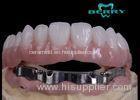
Company Info
Shenzhen Berry Dental Laboratory Co.,Ltd [China (Mainland)]
Business Type:Manufacturer
City: Shenzhen
Province/State: Guangdong
Country/Region: China (Mainland)



